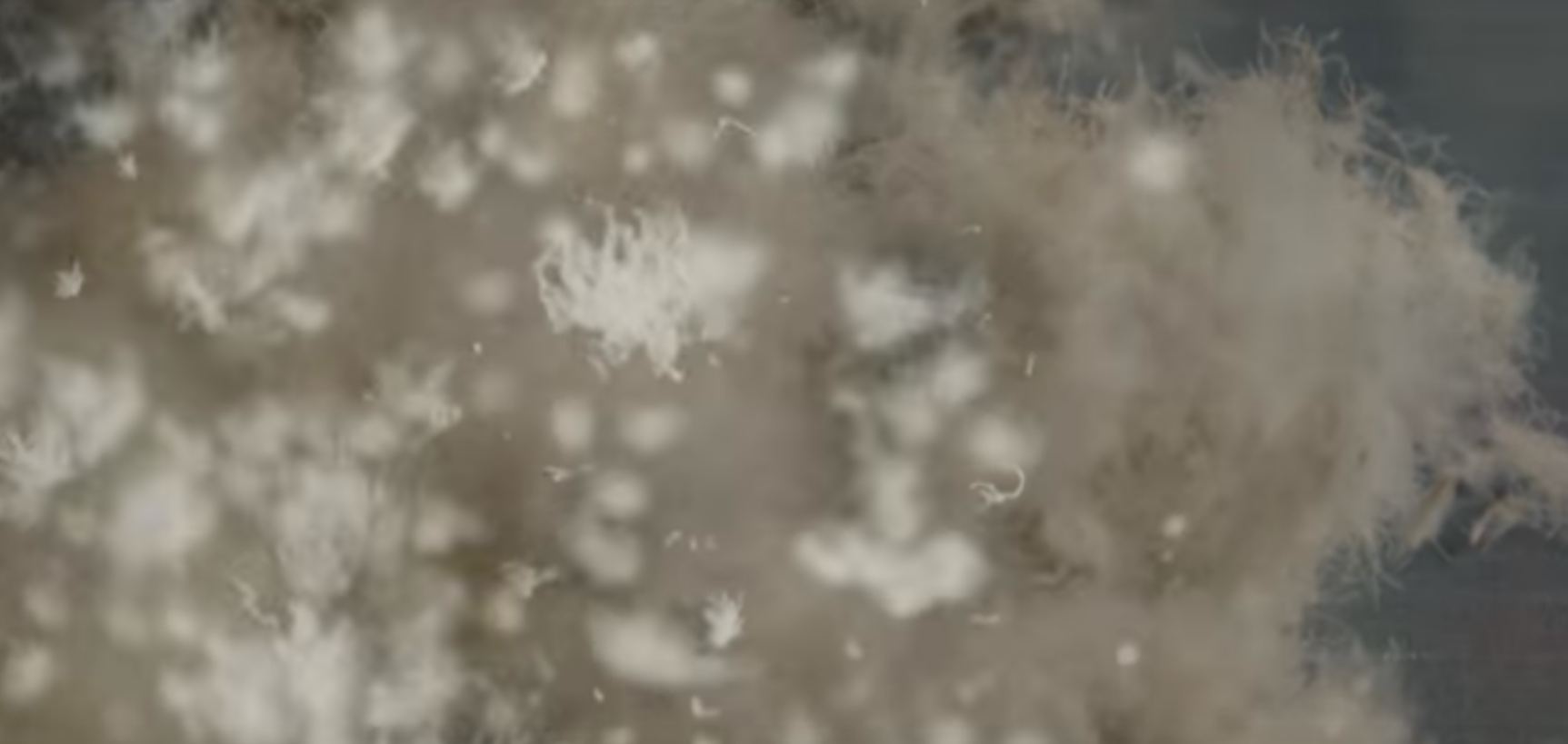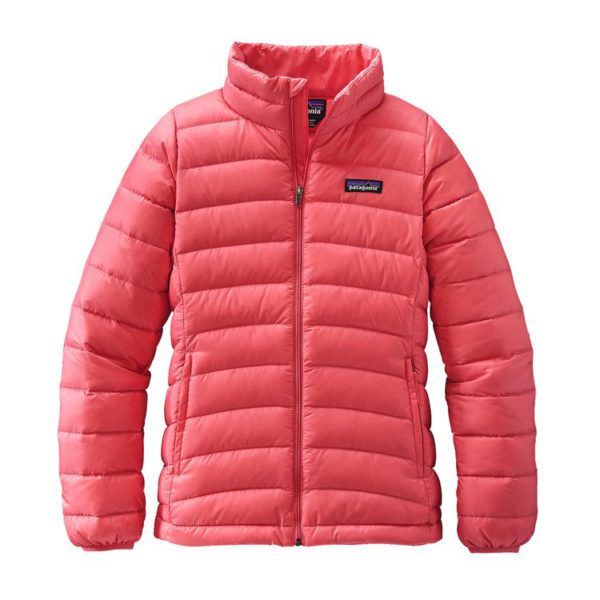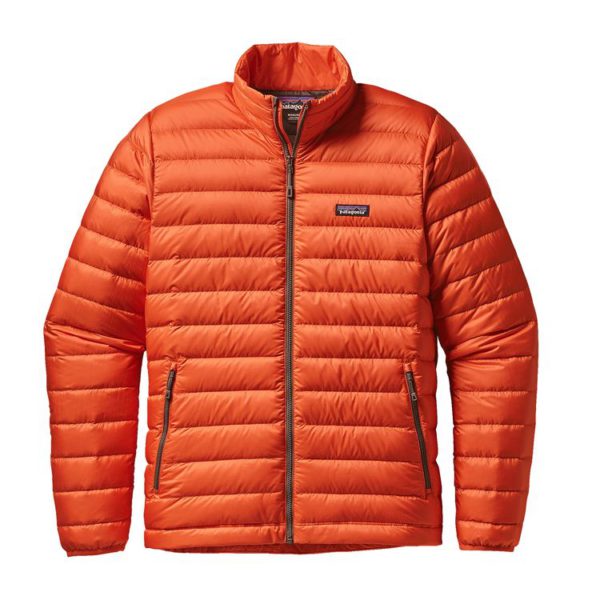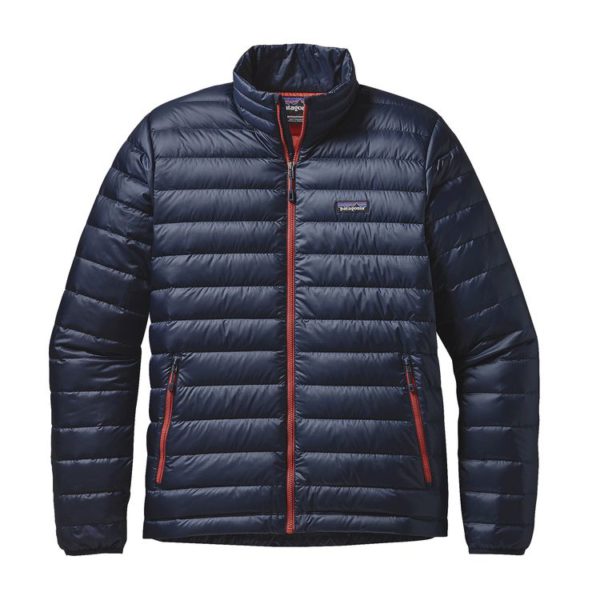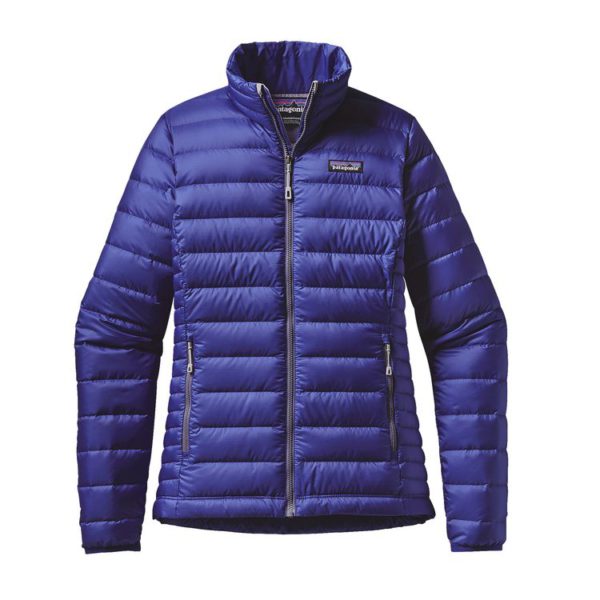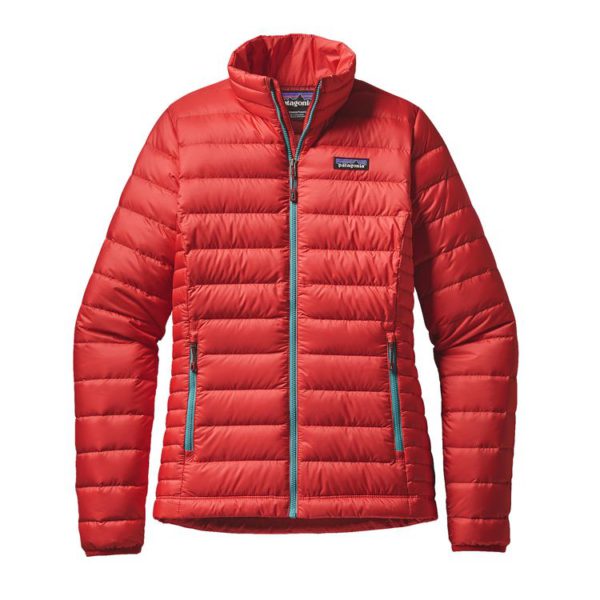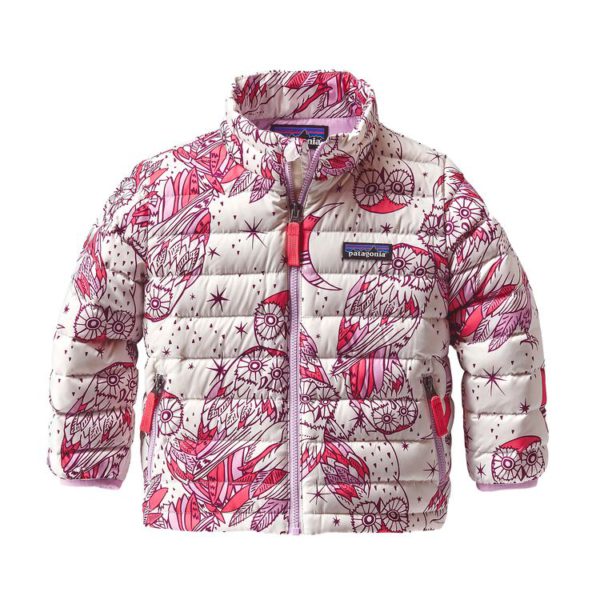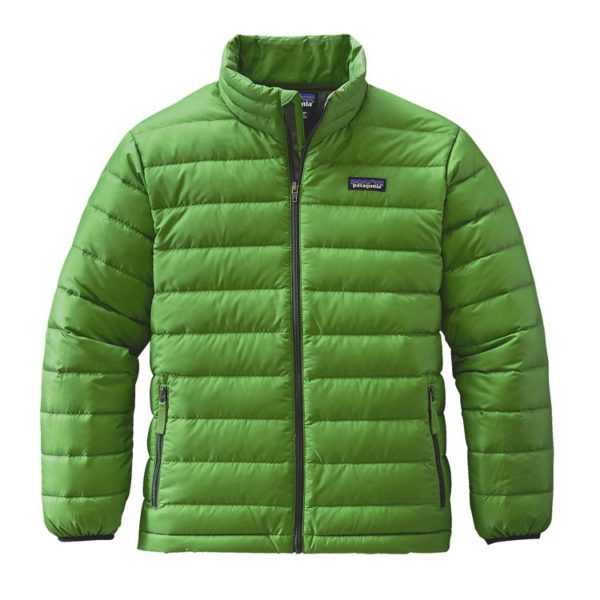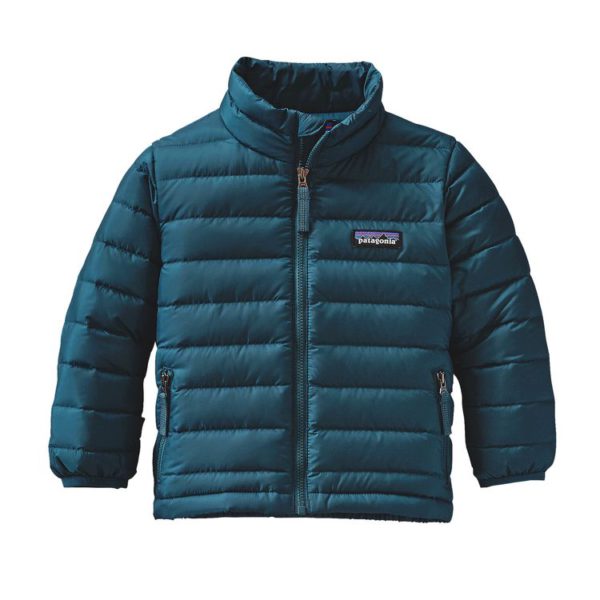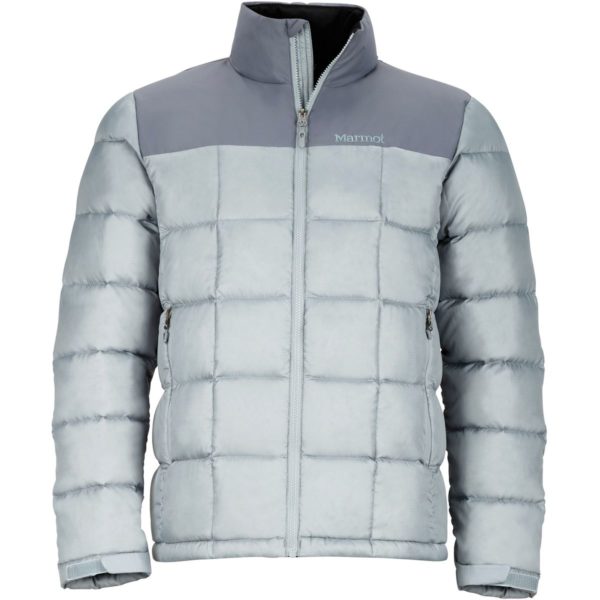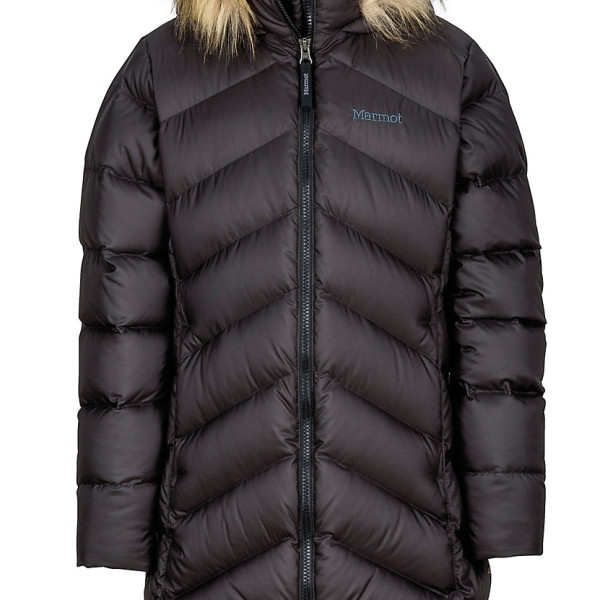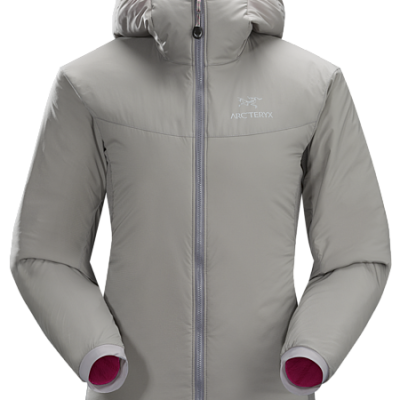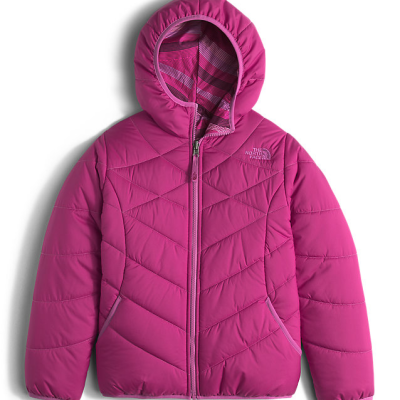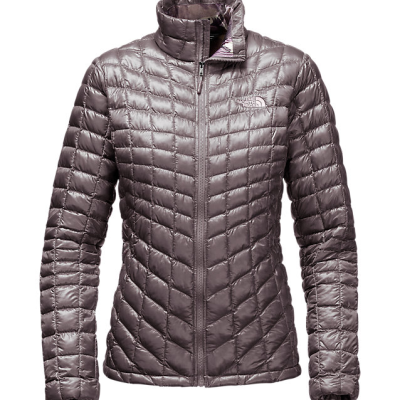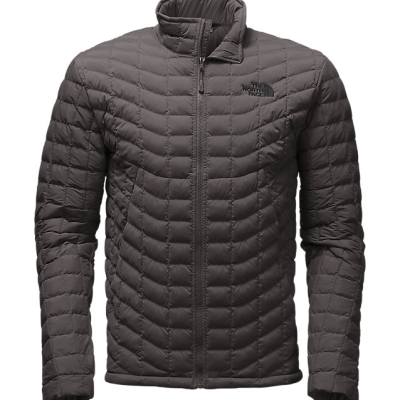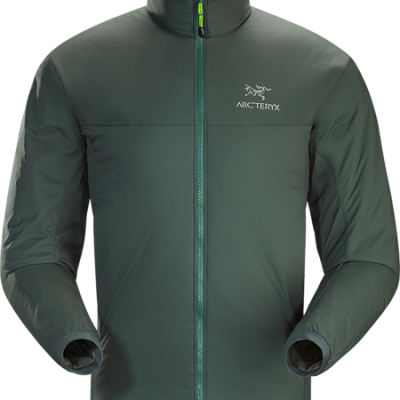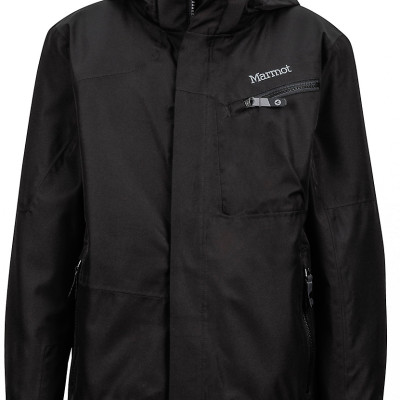When shopping for a mid-weight or puffy coat the biggest question to answer is, which type of insulation best suits your needs. Below is a diagram with a quick breakdown on the differences between Synthetic and Down insulation.
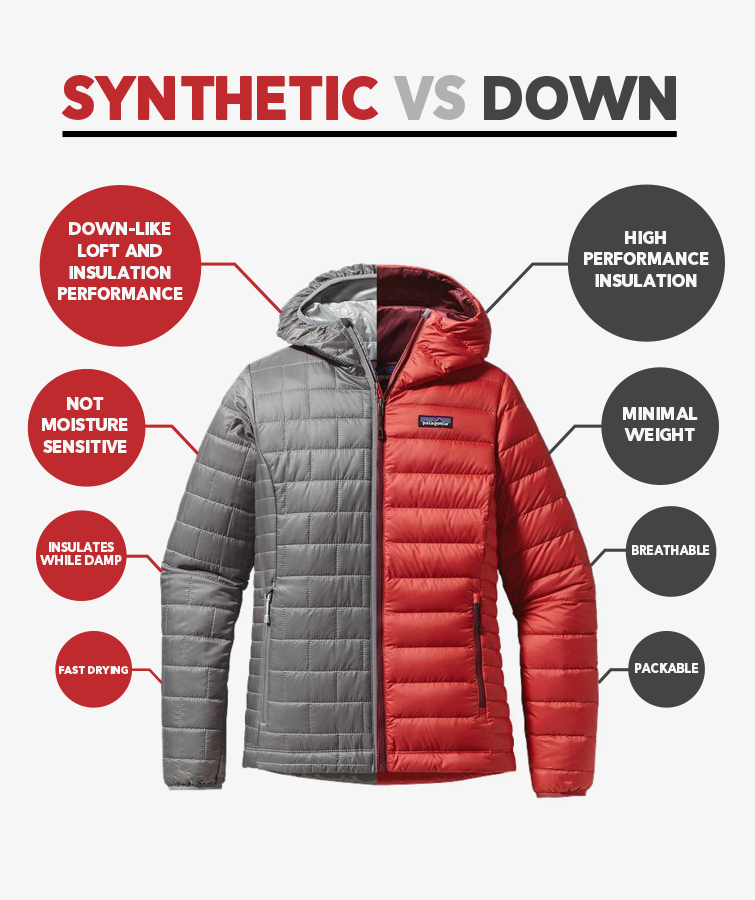
Insulation affects compressibility, water resistance, warmth, weight and price.
One of the first questions you want to ask yourself when choosing an insulation is what type of environment will you typically use the jacket. Will you typically be experiencing a dry cold? Or is it possible that the environment may be a bit more wet and have the potential for rain?
Down Fill
Down is the fluffy under layer of feathers on ducks and geese that helps insulate them from the cold — which makes it a great candidate for insulating jackets and sleeping bags. Down is such a great insulator because its “warmth-to-weight” ratio is very high.
Fill power is something most people are familiar with…even without knowing so. Those numbers someone sees when looking at the down information of a jacket (450, 550, 800) are in reference to the fill power or quality of the down. Fill power measures how much air an ounce of down can trap. This is the process by which it helps insulate you against the cold. The higher the number, the higher quality of down. Better quality down generally has more loft and acts as a better insulator. Your body heat and other air is what down uses to keep you warm. The more loft the down has, the more air it can trap. Thus, keeping you warmer.
Down is the world’s best insulator when used in cold, dry conditions. However, when down gets wet, it loses its loft and its insulating properties. Also, down takes a long time to dry. Sometimes high humidity can even prevent down from working right. Thus came the idea of water-resistant down. Water-resistant down has been treated with a water-resistant coating and allows it to keep insulating even if it were to become wet.
Down is also extremely light and highly compressible (more so than synthetic). Making it an excellent travel partner.
Synthetic Insulation
Synthetic insulation is made of ultra-fine, interwoven polyester fibers that create compact insulating pockets that trap air. This is done by using either long continuous filaments or short staples that are 2” or less in length. Short staples are easier to compress and are more flexible. Longer filaments may be a bit bulkier but are able to withstand wear and tear without losing shape.
Due to this characteristic, synthetic insulation isn’t as easy to compress. However it will still keep you warm when wet because the moisture gets trapped between the fibers rather than in them, not compromising it’s loft.
If you’re planning to be in a wet environment or experience aerobic activity, synthetic insulation may be the right choice for you.


